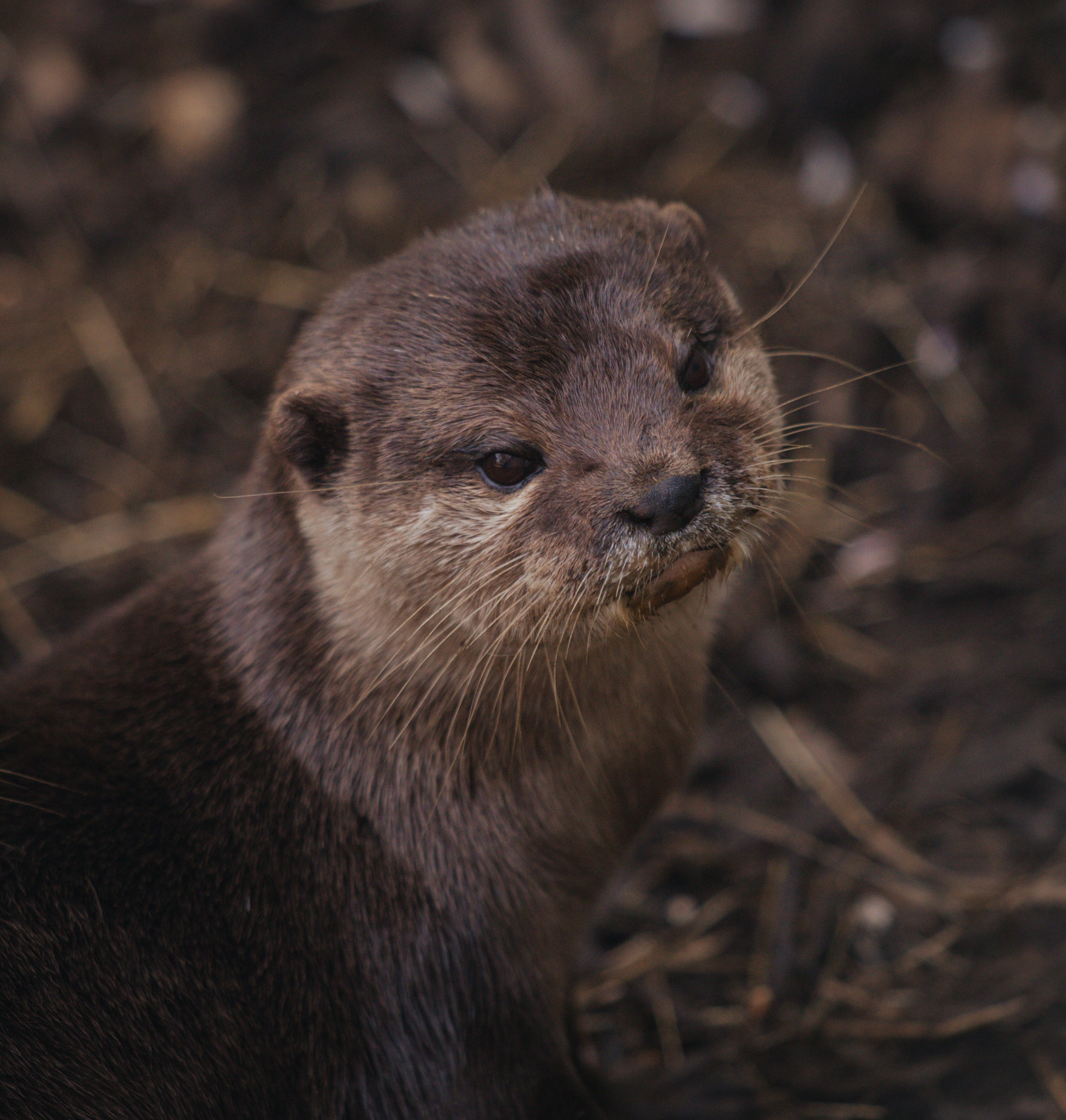
Welcome to the fascinating world of otters! Our "About" section is dedicated to providing you with a sneak peek into the charming and playful universe of these aquatic mammals. Dive into a sea of delightful information and discover the fun facts that make otters truly extraordinary.
With streamlined bodies, webbed feet, and a rudder-like tail, otters are perfectly adapted for aquatic life. Their fur is dense and waterproof, providing insulation against cold water. Otters are powerful swimmers and can close their nostrils and ears to prevent water from entering while submerged.
Otters showcase remarkable intelligence by using tools for various tasks. Some species use rocks to crack open shellfish, demonstrating problem-solving abilities. The adept use of tools showcases their cognitive prowess and adaptability in the wild.
Otters are renowned for their playful behavior. They engage in various entertaining activities, including sliding down riverbanks, juggling stones, and engaging in water-based games. This playful nature not only serves as a form of recreation but also helps them develop essential life skills.
The insulating properties of otter fur are extraordinary. Their fur is so effective at trapping air that it not only keeps them warm but also helps them stay buoyant while swimming. This adaptation is crucial for otters that spend a significant amount of time in cold water, allowing them to regulate their body temperature and thrive in diverse aquatic environments.
Otters have strong family bonds and often live in close-knit family groups. River otters, for example, may form family units with a mother and her offspring. They work together in activities such as hunting, grooming, and protecting each other, highlighting their social and familial connections.
Otters have a diverse diet that typically includes fish, crustaceans, amphibians, and sometimes small mammals. Some otter species display impressive hunting techniques, such as "juggling" their prey. This involves tossing their catch in the air to remove scales or bones before consuming it, showcasing their resourcefulness in securing a meal.
Otters are not just masters of the water; they are also skilled vocalizers. They communicate using a variety of sounds, including whistles, chirps, and soft growls. These vocalizations play a crucial role in social interactions, allowing otters to communicate with their family members and fellow otters in the vicinity.